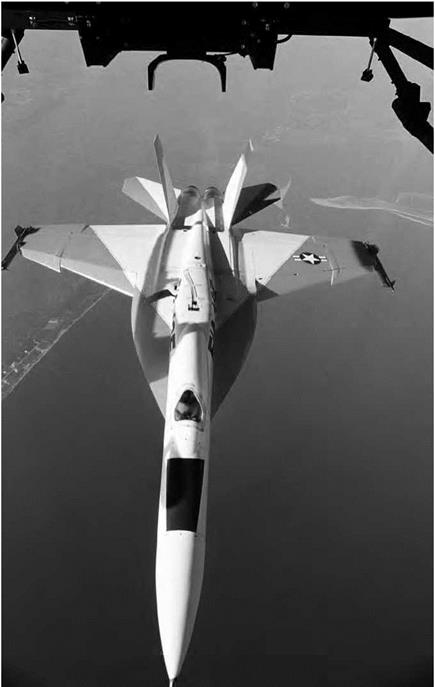Partners on Ice
![]() As it is with other areas involving aviation, NASA’s role in aircraft icing is as a leader in research and technology, leaving matters of regulations and certifications to the FAA. Often the FAA comes to NASA with an idea or a need, and the Agency then takes hold of it to make it happen. Both the National Center for Atmospheric Research and NOAA have actively partnered with NASA on icing-related projects. NASA also is a major player in the Aircraft Icing Research Alliance (AIRA), an international partnership that includes NASA, Environment Canada, Transport Canada, the National Research Council of Canada, the FAA, NOAA, the National Defense of Canada, and the Defence Science and Technology Laboratory (DSTL)-United Kingdom. AIRAs primary research goals complement NASA’s, and they are to
As it is with other areas involving aviation, NASA’s role in aircraft icing is as a leader in research and technology, leaving matters of regulations and certifications to the FAA. Often the FAA comes to NASA with an idea or a need, and the Agency then takes hold of it to make it happen. Both the National Center for Atmospheric Research and NOAA have actively partnered with NASA on icing-related projects. NASA also is a major player in the Aircraft Icing Research Alliance (AIRA), an international partnership that includes NASA, Environment Canada, Transport Canada, the National Research Council of Canada, the FAA, NOAA, the National Defense of Canada, and the Defence Science and Technology Laboratory (DSTL)-United Kingdom. AIRAs primary research goals complement NASA’s, and they are to
• Develop and maintain an integrated aircraft icing research strategic plan that balances short-term and long-term research needs,
• Implement an integrated aircraft icing research strategic plan through research collaboration among the AIRA members,
• Strengthen and foster long-term aircraft icing research expertise,
• Exchange appropriate technical and scientific information,
• Encourage the development of critical aircraft icing technologies, and
• Provide a framework for collaboration between AIRA members.
Finally, among the projects NASA is working with AIRA members includes the topics of ground icing, icing for rotorcraft, characterization of the atmospheric icing environment, high ice water content, icing cloud instrumentation, icing environment remote sensing, propulsion system icing, and ice adhesion/shedding from rotating surfaces—the last two a reference to the internal engine icing problem that is likely to make icing headlines during the next few years.
![]() The NACA-NASA role in the history of icing research, and in searching for means to frustrate this insidious threat to aviation safety, has been one of constant endeavor, constantly matching the growth of scientific understanding and technical capabilities to the threat as it has evolved over time. From crude attempts to apply mechanical fixes, fluids, and heating, NACA and NASA researchers have advanced to sophisticated modeling and techniques matching the advances of aerospace science in the fields of fluid mechanics, atmospheric physics, and computer analysis and simulation. Through all of that, they have demonstrated another constant as well: a persistent dedication to fulfill a mandate of Federal aeronautical research dating to the founding of the NACA itself and well encapsulated in its founding purpose: "to supervise and direct the scientific study of the problems of flight, with a view to their practical solution.”
The NACA-NASA role in the history of icing research, and in searching for means to frustrate this insidious threat to aviation safety, has been one of constant endeavor, constantly matching the growth of scientific understanding and technical capabilities to the threat as it has evolved over time. From crude attempts to apply mechanical fixes, fluids, and heating, NACA and NASA researchers have advanced to sophisticated modeling and techniques matching the advances of aerospace science in the fields of fluid mechanics, atmospheric physics, and computer analysis and simulation. Through all of that, they have demonstrated another constant as well: a persistent dedication to fulfill a mandate of Federal aeronautical research dating to the founding of the NACA itself and well encapsulated in its founding purpose: "to supervise and direct the scientific study of the problems of flight, with a view to their practical solution.”
|











